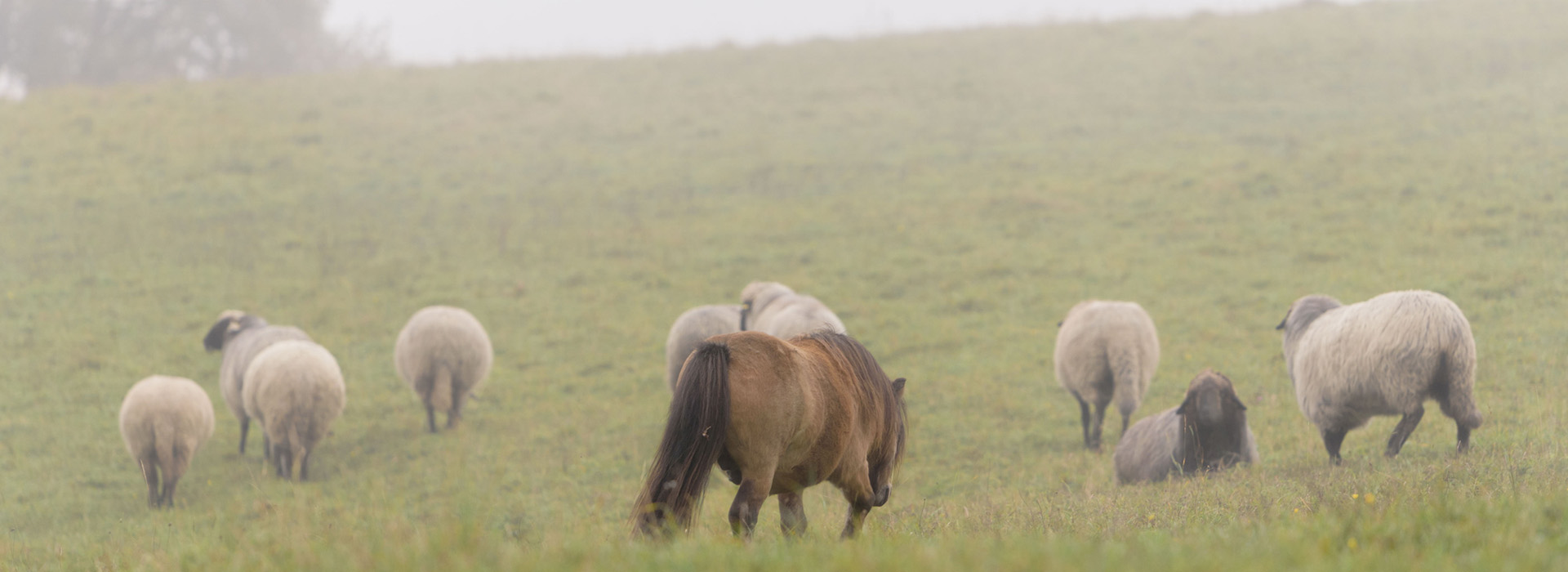History
The native homeland of Shetland ponies is the Shetland Islands, a Scottish archipelago lying between the north-east coast of Scotland and Norway. As you would expect from this geographical location, the climate on the Islands is damp, windy and cold. There is hardly a day without rain or strong winds.
The landscape is 90% moorland, with only sparse vegetation consisting mostly of mosses, heathers and heath, which can grow up to around a meter high. In winter, the ponies live on kelp and seaweed that they laboriously seek out. Those that don’t reach the coast before the snow come, starve. A consequence of these hard conditions is that there is strong natural selection. Only the toughest and healthiest animals survive.
As the ponies have extraordinary strength for their size (they can pull twice their own weight), they used to be widely used in agriculture and industry. In the 19th century, the small, calm, and tolerant Shetlands were used as pit ponies in lead and coal mines. It wasn’t until 1994 that the last of the Shetland pit ponies retired.
Meanwhile, the Shetland pony has become a leisure partner for children and adults, for both riding and driving. These intelligent ponies are also excellent learners, making them ideal for circus tricks, dressage at liberty, and long-reining, and, despite their change in lifestyle, they have retained their hardy constitution. They have no trouble breeding and working well into old age.

